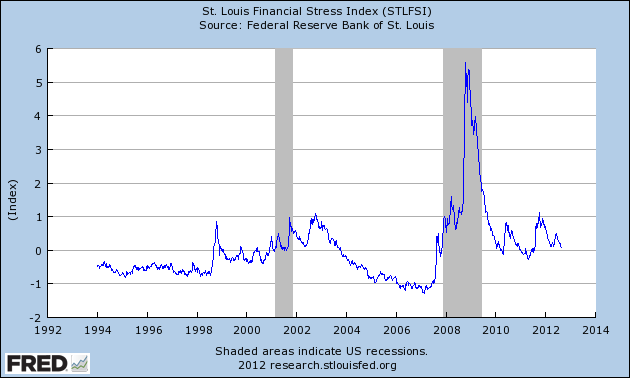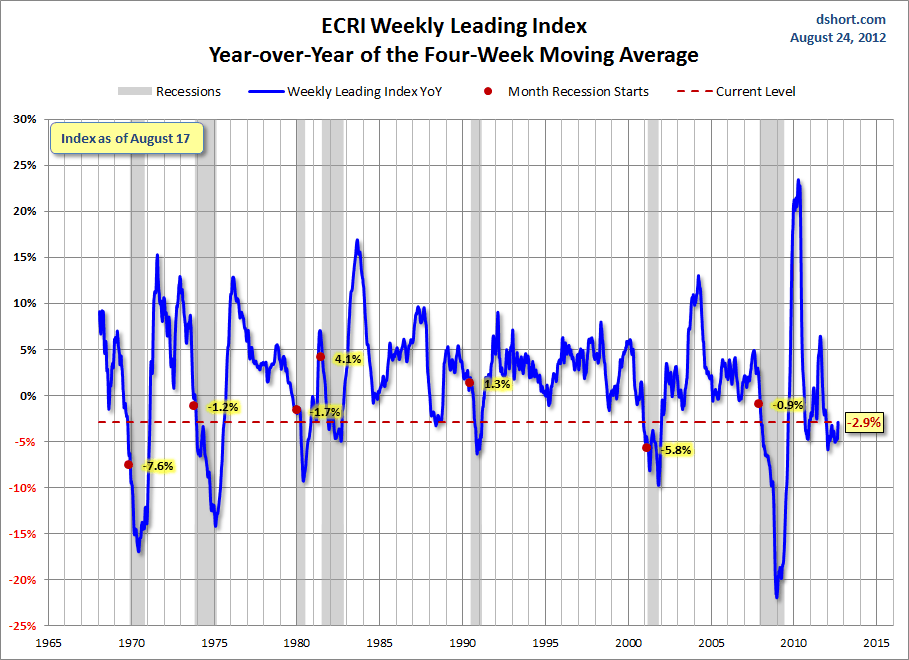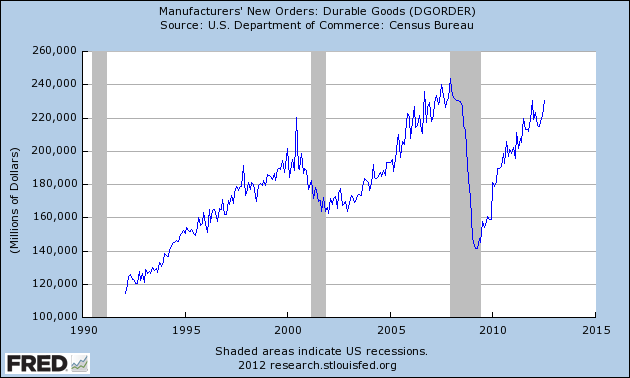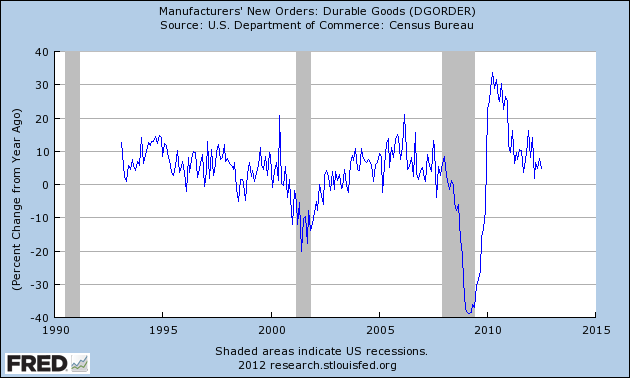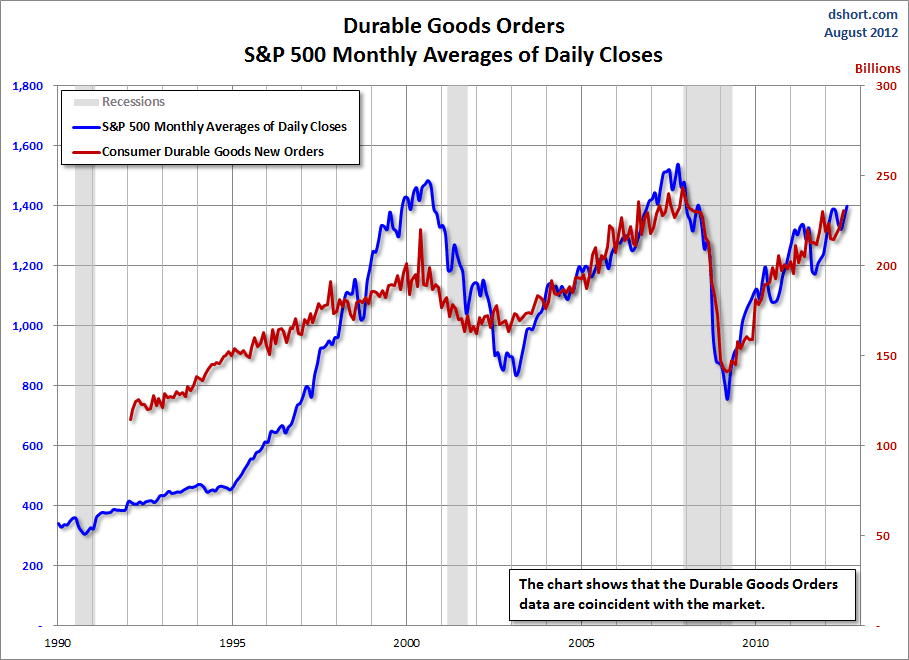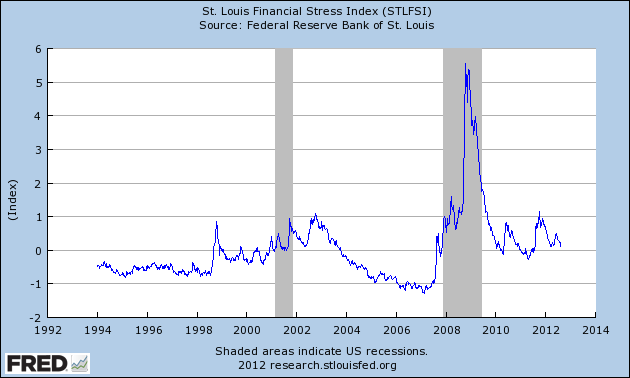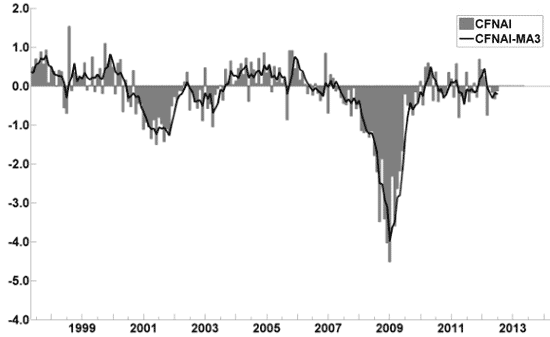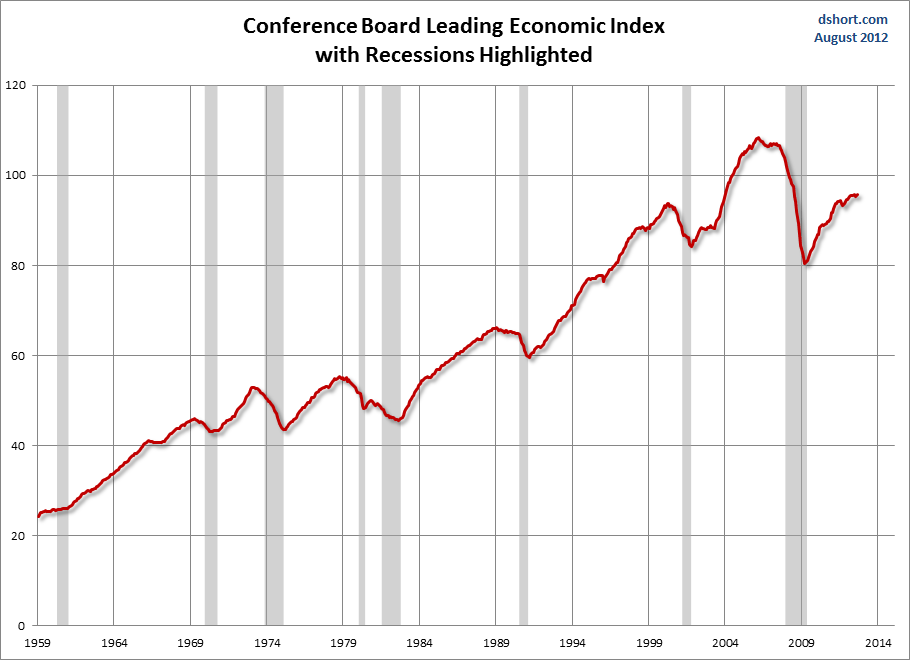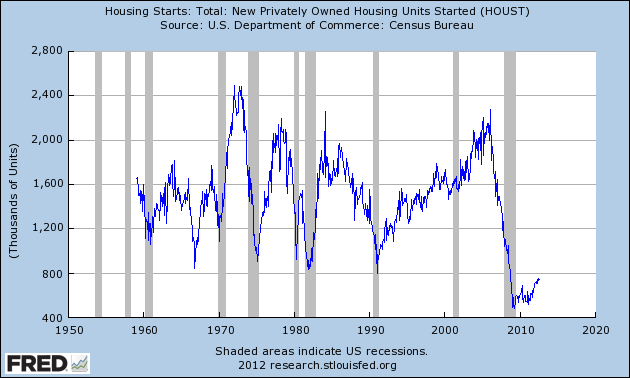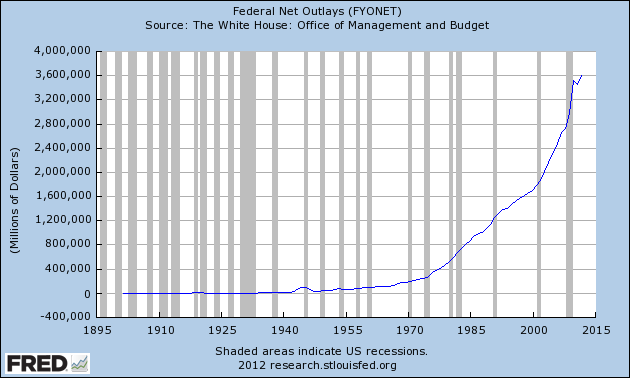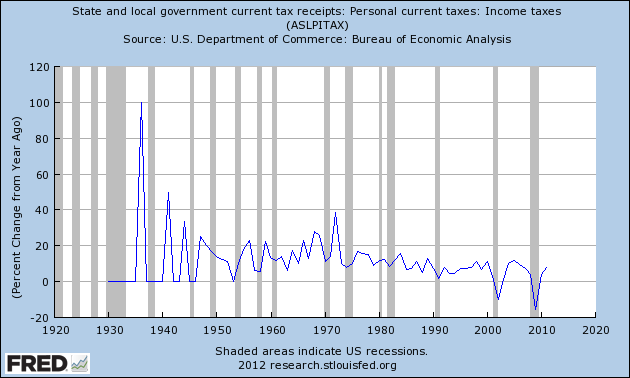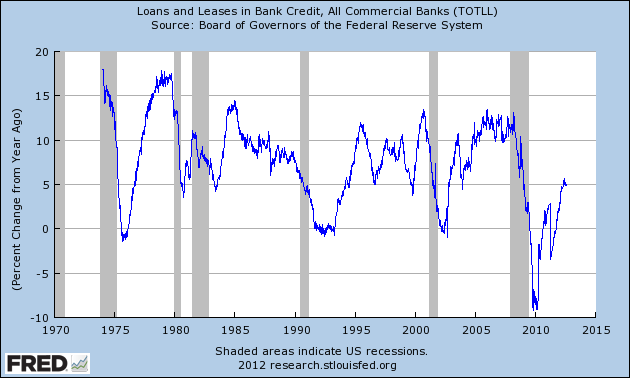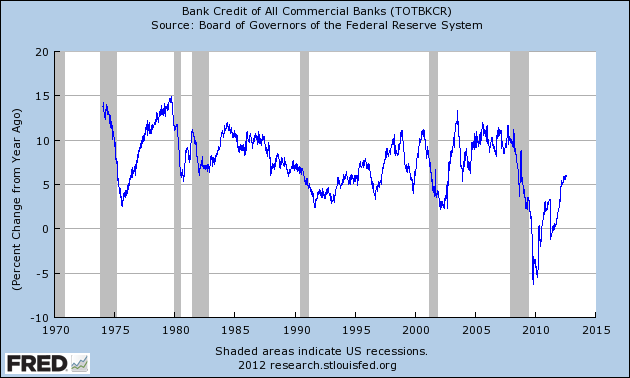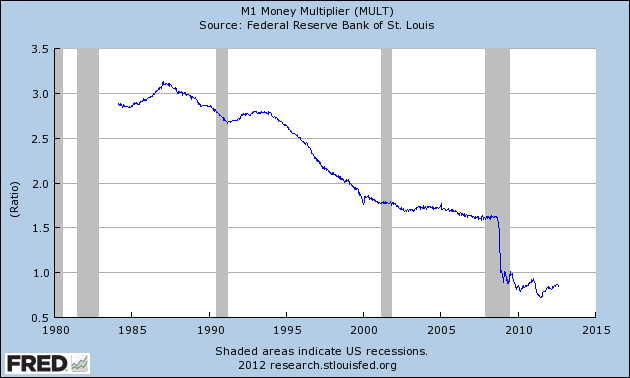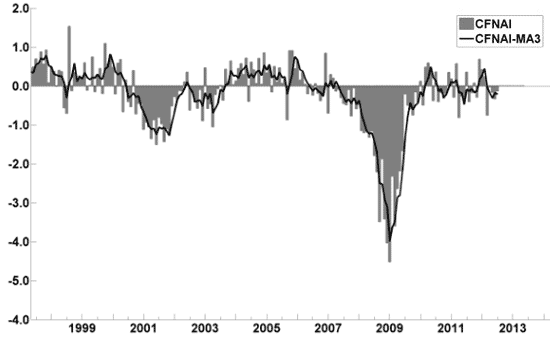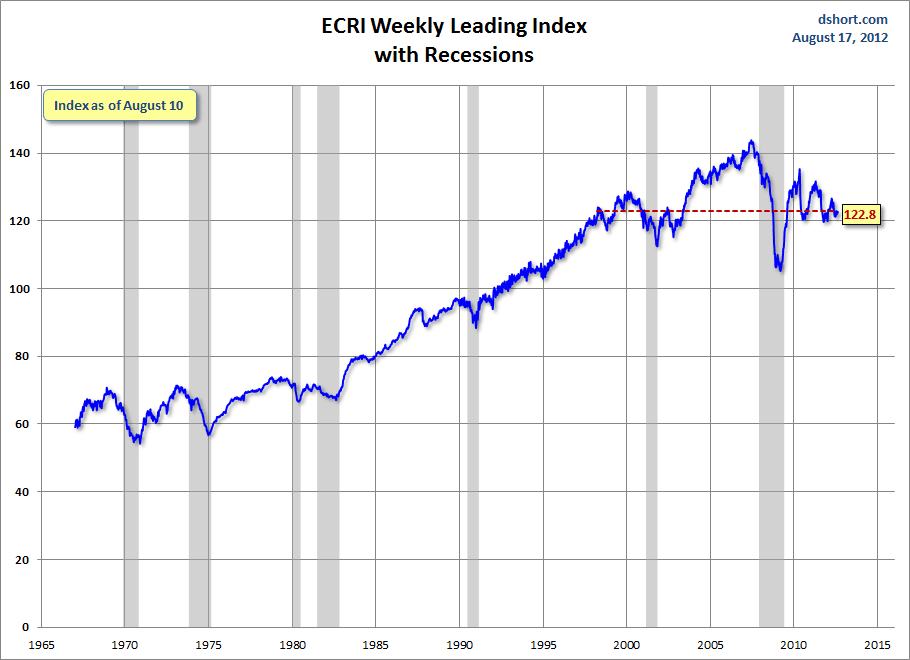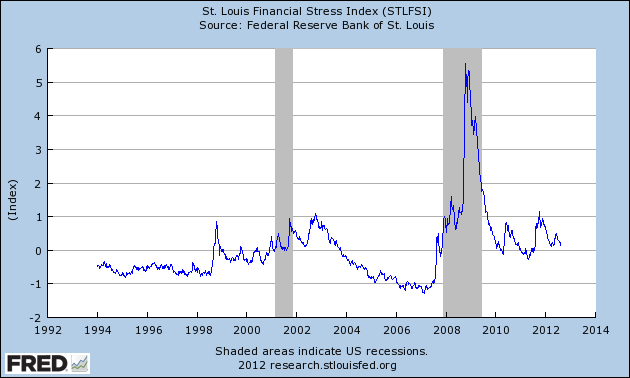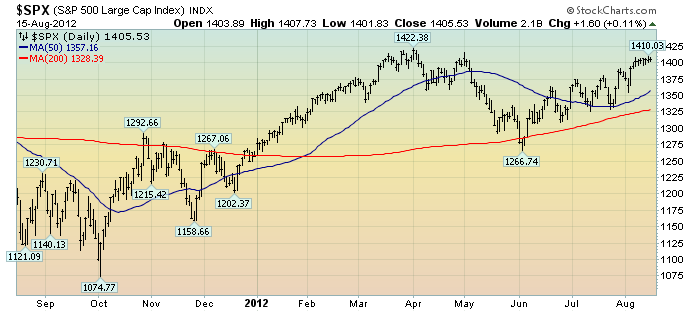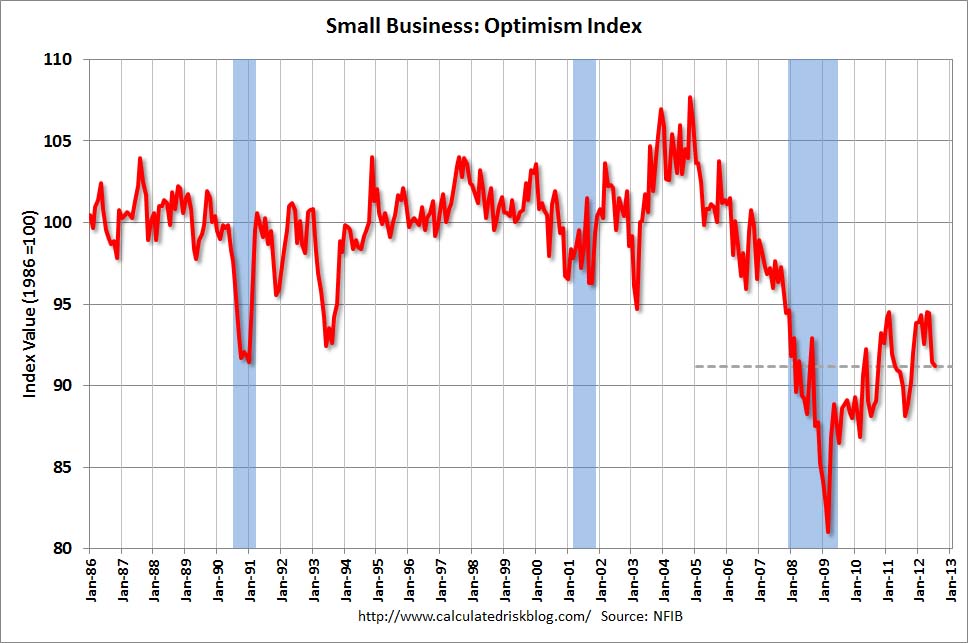I found various notable items in
Walmart’s Q2 2013 earnings call transcript (pdf) dated August 16, 2012. I view Walmart’s results and comments as particularly noteworthy given their retail prominence and focus on low prices. I have previously commented on their quarterly conference call comments; these previous posts are found under the “
paycheck to paycheck” label.
Here are various excerpts that I find most notable:
comments from Mike Duke, page 8:
Walmart U.S. continued its momentum this quarter, with comp sales growth of 2.2 percent. Ticket and traffic were positive, and operating income grew faster than sales. Our Walmart U.S. business now has delivered positive comp sales for four consecutive quarters.
comments from Mike Duke, page 9:
International remains our growth engine, but at a slightly slower pace, and you will hear more from Doug on the details.
comments from Mike Duke, page 10:
On July 2, we marked the 50th anniversary of our company and we're pleased that our mission to save people money so they can live better continues to drive us. The Walmart everyday low price model is as relevant today as it was in 1962.
For today's customers, the paycheck cycle remains pronounced in the United States and in our international markets. Given the continuing economic pressures, we believe that our price leadership and value are growing in importance to customers across income levels.
comments from Jeff Davis, page 12:
Gross profit increased 3.8 percent, which corresponds to an 18 basis point reduction in gross margin, compared to last year. This is primarily due to price investments in Walmart U.S. and key International markets.
comments from Bill Simon, page 16:
As you know, price leadership is at the center of our strategy.
comments from Bill Simon, page 16:
Gross profit dollars were up 3.0 percent year-over-year to $18.6 billion. Similar to last quarter, the gross profit rate was down 20 basis points from last year. As we noted last quarter, you'll continue to see a
decrease in our gross margin rate versus last year as we execute our strategic price investment.
comments from Bill Simon, page 20:
Total grocery inflation moderated slightly from what we reported in the first quarter. In categories with higher inflation, customers continued to trade down.
comments from Bill Simon, page 21:
We're also excited about the return of our holiday layaway program, which will begin in the third quarter. Quite simply, this serves a key need for our customers and we're happy to make it available again.
_____
The Special Note summarizes my overall thoughts about our economic situation
SPX at 1418.16 as this post is written
